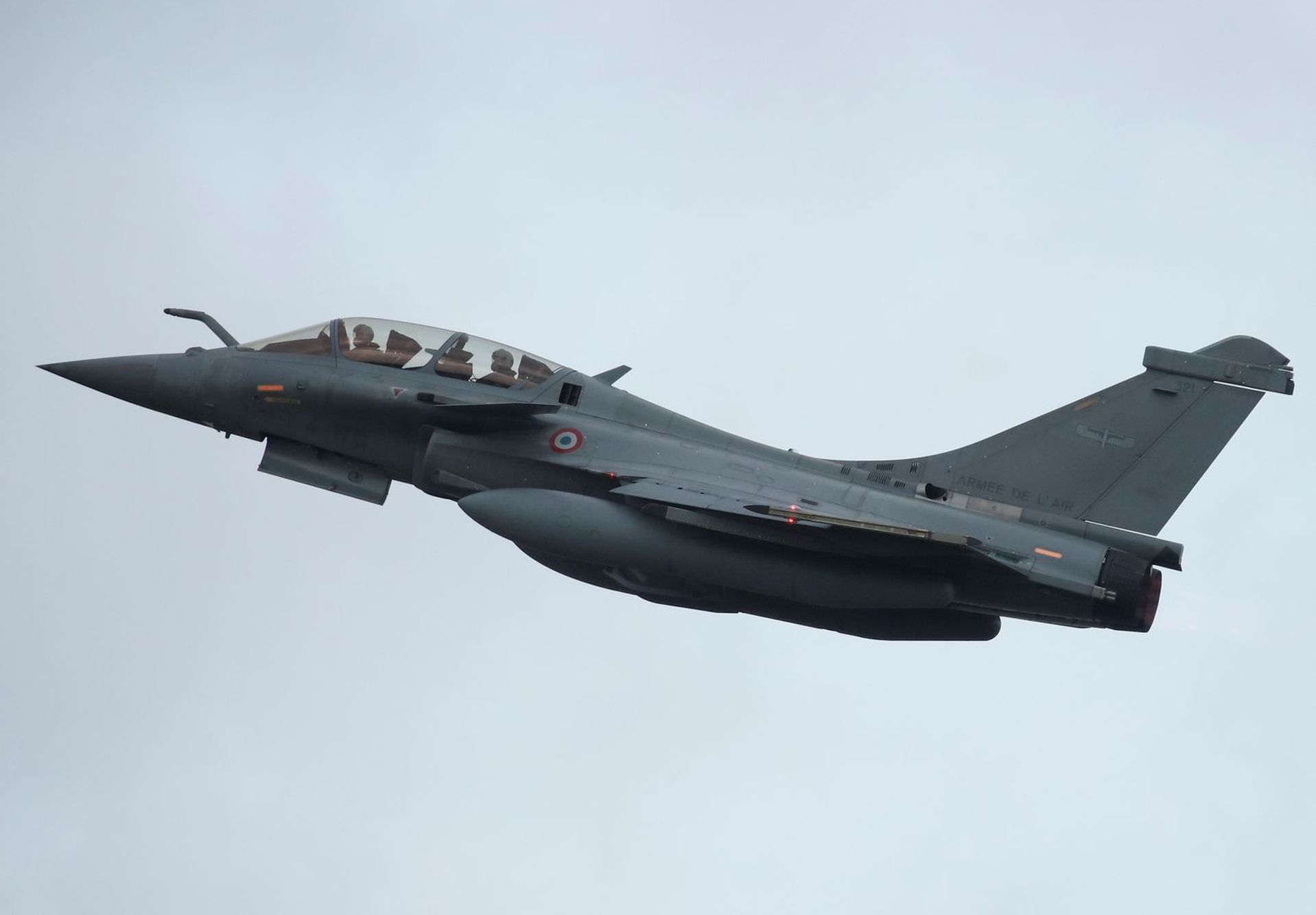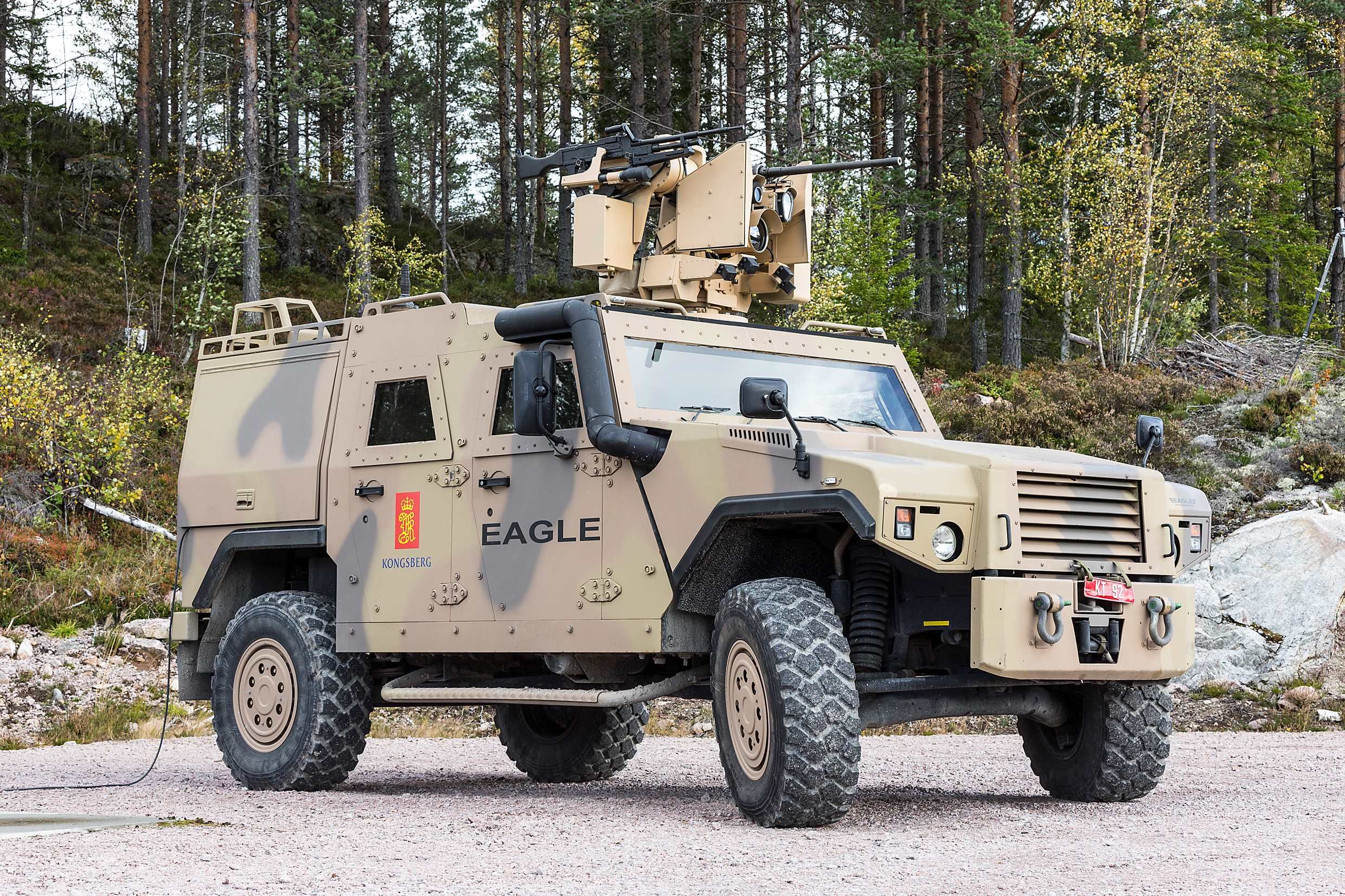NEW DELHI: India has asked France to arm the first four Rafale fighters with the top-notch Meteor air-to-air missiles, which, with a strike range of 120 to 150-km, can outgun any missile that can be unleashed by Pakistani or Chinese jets. The first Rafale fighters will touch down at the Ambala airbase in May next year.
The request for at least 8-10 Meteor beyond visual range (BVR) missiles to be delivered with the four Rafale jets was conveyed to France during defence minister Rajnath Singh’s visit to the country+ to formally accept the first fighter at Merignac in the Bordeaux region on October 8.
“Earlier, as per the Rs 59,000 crore deal inked for 36 Rafale jets and their weapon packages in September 2016, the progressive deliveries of the Meteor and the over 300-km range Scalp air-to-ground cruise missiles were to begin several months later,” said a source.
“But given the current operational situation with Pakistan, India has asked for faster delivery of at least 8-10 Meteor missiles. France is examining the request,” he added.
The request comes in the backdrop of the aerial skirmish between Indian and Pakistani fighters+ in the Nowshera sector along the Line of Control on February 27, a day after the bombing of the JeM facility in Pakistan. The Sukhoi-30MKIs and other jets, scrambled to intercept the incoming Pakistani fighters, had found it difficult to engage the F-16s at long ranges on that day, which also saw Wing Commander Abhinandan Varthaman’s MiG-21 being shot down, as was earlier reported by TOI.
The Pakistani F-16s were armed with the AIM-120C advanced medium-range air-to-air missiles (AMRAAMs), which have a range of about 100-km, and had let loose several of them at the Sukhoi-30MKIs before the latter could even get into their firing range.
IAF says the operational dynamics for achieving “air dominance” will change with the induction of the Rafales armed with the greater-range Meteor missiles powered by Ramjet engines to fly at Mach 4 speed. The Meteor missiles are arguably the best in the world for air combat duels, with “a greater no-escape zone” for hostile fighters than any comparable BVR weapon. Pakistan and China do not currently have any missile of this class in their combat inventories.
During the defence ministerial dialogue in October, France also offered Indian experts an opportunity to check the performance of the omni-role Rafale jets, which can also deliver nuclear weapons if required, “in an environment of high temperatures” at its military base in UAE.
An IAF induction team of pilots, engineers and technicians is currently undergoing training in France, which has so far handed over three Rafales to India. Once this training is over, the first four Rafales will head for India in May 2020. All the 36 jets will arrive in India by April 2022, with 18 each to be deployed at the Ambala and Hasimara airbases for the western and eastern fronts with Pakistan and China.
The Rafales, with a combat range of 780-km to 1,650-km depending on mission, come armed with a deadly weapons package, advanced avionics, radars and electronic warfare systems to prevent jamming by adversaries and ensure superior survivability in hostile contested airspace. Each Rafale, for instance, can also carry two fire-and-forget Scalp cruise missiles to hit high-value fortified targets well over 300-km away.
But the 13 India-Specific Enhancements (ISEs) or upgrades on the 36 Rafales will become fully operational only by October 2022 after undergoing “software certification” after all the jets have arrived in India. The upgrades range from radar enhancements, Israeli helmet-mounted displays and low-band jammers to towed decoy systems, 10-hour flight data recording and engine capability for “cold start” from high-altitude regions like Ladakh. They also include Israeli litening pods for target acquisition and guidance kits for Spice precision-guided munitions, which were used to bomb the JeM facility at Balakot on February 26.











